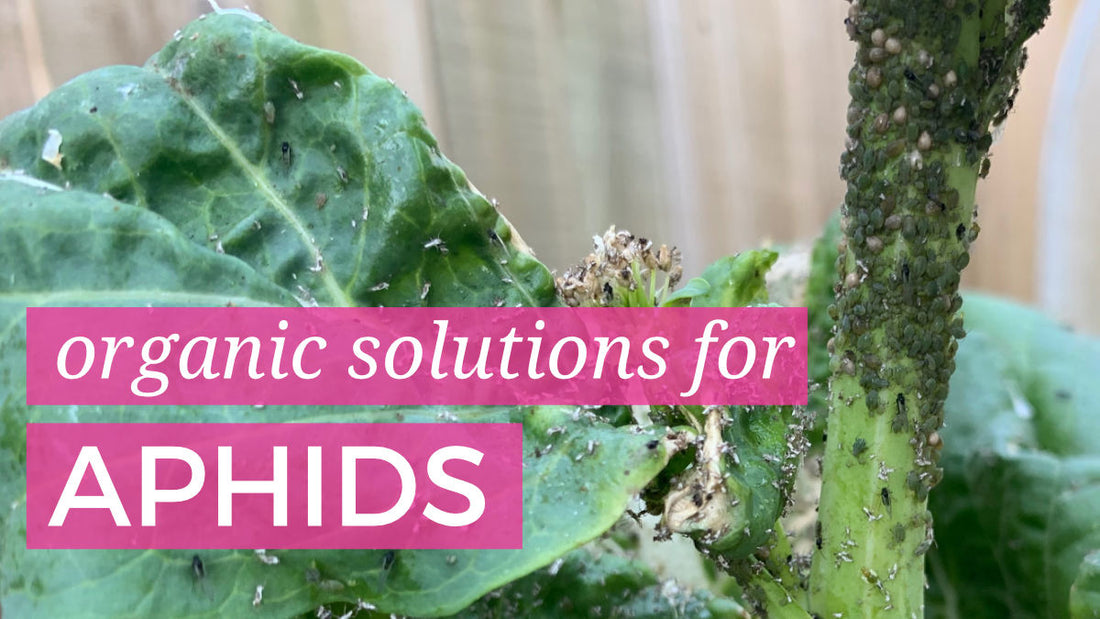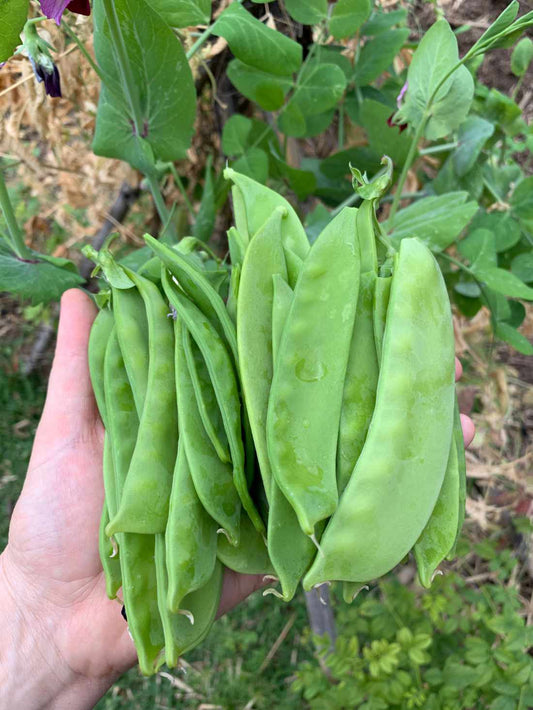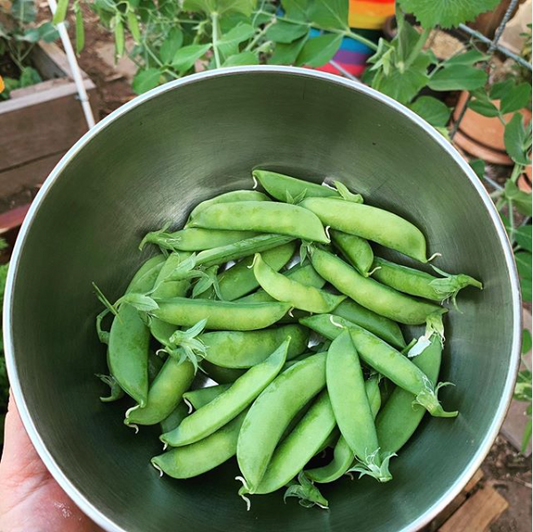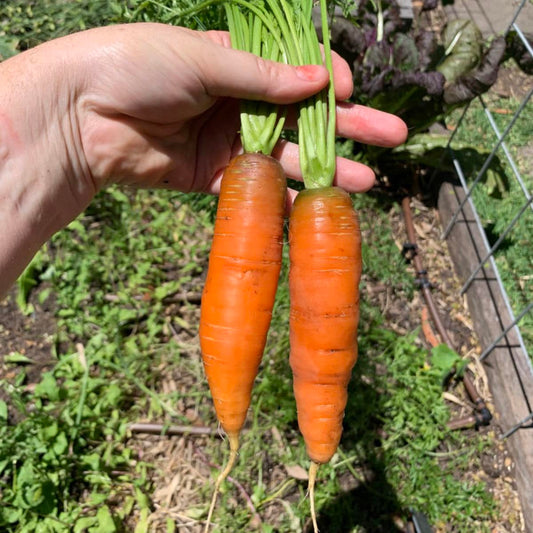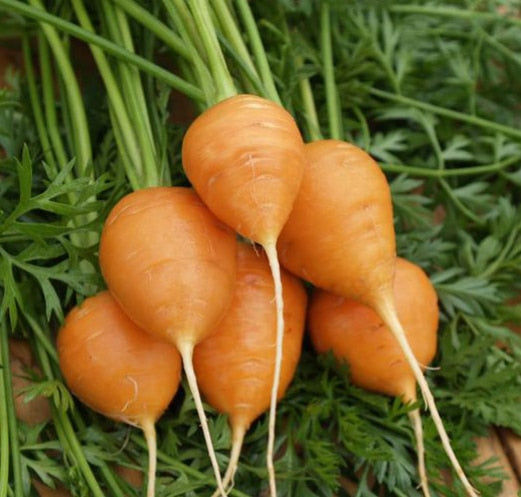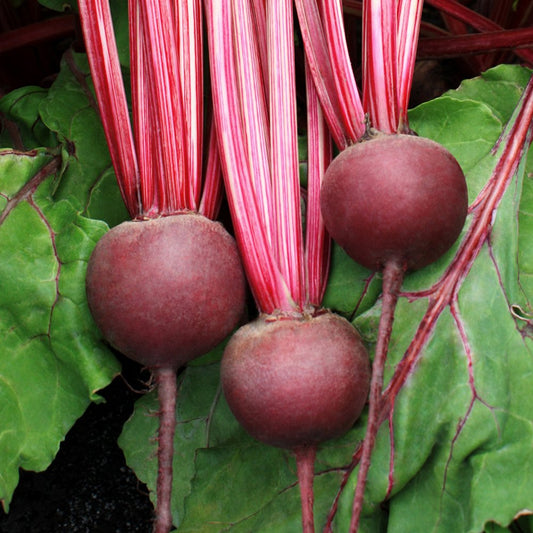The aphids were pretty insane this year. I know a lot of people had similar issues, and I know the reason I had them was lack of planning and overall management. In this article I am going to talk about strategies we use to keep them in check.
How to keep aphids in control in your veggie patch:
- Use sacrificial plants
- Plant more flowers
- Allow plants to do their full cycle
- Squash the winged aphids
- Keep an eye on the ants as they protect them
- Buy in beneficial insects
- Ensure your plants are healthy
- Avoid over planting
- Eco Oil as a last resort
Use sacrificial plants
Whenever I see a plant that is showing the signs of aphids I actually don’t do anything.
It’s a strategy to hopefully get some beneficials to come and sort them out. Obviously if your entire garden is infested with aphids then you may want to cut your losses but leaving at least one plant to get the beneficials to show up and start bringing things into balance has been a successful strategy for us.
Plant more flowers
I don’t believe there is a plant or flower that repels aphids, well that I’ve come across at least anyway and I have tried a lot of the wives tails. But what I do believe is providing food and shelter for the beneficial insects. Planting more flowers is the best solution in this situation. We always interplant flowers into our garden amongst the veggies. Not only does it look good it also serves the purpose of providing the food and shelter that ladybugs, lace wings and parasitic wasps need.
Insects that feast on aphids include:
- Ladybug larvae
- Lacewing larvae
- Parasitic wasps
- Hoverfly larvae
We most commonly see ladybug larvae going to town on aphid populations in our garden.

Let plants do their full cycle in your garden
If you’re not keen wasting space on flowers, perhaps allow plants to do the full cycle. In the quest for neat and tidy gardens, or perhaps we’re limited on space, we often tend to harvest before the plant has finished it’s life. Letting plants go through their full cycle will provide food and shelter for a range of beneficial insects. Plus you get seeds.
Squash the adult winged aphids
If you look at aphid colonies you may see little insects with wings that don’t look like the others. These are in fact aphids and they are the egg layers. They can lay thousands of eggs really quickly, which is why you can see populations double overnight. They are also the ones that will spread it to other areas of the garden. If numbers aren’t too bad just start by squishing those guys to even out the playing field.

Keep an eye on the ants
Ants aren’t necessarily bad for the garden, they can help with pollination. But they are amazing sap sucking insect farmers, and they will furiously protect their crops, aphids being one the love to farm. They are usually the first thing you spot before the bad guys. In situations where you can control, it’s a good idea to try and keep them way. They don’t like moisture so that’s probably the easiest way to get them to move on.

Buy beneficial insects
One strategy we’re trying is bringing in some beneficial insects. We’ve only just done this by buying in some lacewing eggs as it’s not an insect we’ve seen come to our garden, we’ve not seen a great decrease in numbers but we’re hoping the lace wings will stick around and breed in our garden.
It’s definitely not a buy bugs and bam they are gone, but if you’re not seeing any good bugs around your garden it might be a good way to get the ball rolling. Sure remember to provide food and shelter for the adults so they stick around.
Ensure your plants are healthy
The amazing thing about plants, is that if they are healthy they will withstand an aphid attack and bounce back. This goes back to getting your soil right, making sure it’s full of organic matter and includes everything the plant needs.
Don’t over plant
I always find that aphids pop up where they are protected and feel safe. Usually it’s in a shady spot or in a garden that is over crowded. If you’re finding loads of aphids have a look at opening the area up. Even if it’s trimming a few branches and allowing the sun to come through.
DIY Eco Oil
We only spray when things are pretty bad. I’d rather pull the plant and give it to the chickens over spraying. Any spray, organic or otherwise is going to effect beneficials, so it’s always a last resort. In some cases when things are bad and we haven’t seen many beneficials around, we’ll use a home made eco oil we have a DIY recipe (Dirt Lovers can grab it here) that we use with things you can find in the kitchen.
Keeping Aphids under control
To sum up, I think the number one tip to keeping is to remember that your garden is an entire eco system and if things are in balance it's not a problem.
Listen to this on the Podcast
Watch our clip on Aphids on YouTube
Got any additional tips for keeping aphids under control? Leave a comment below

